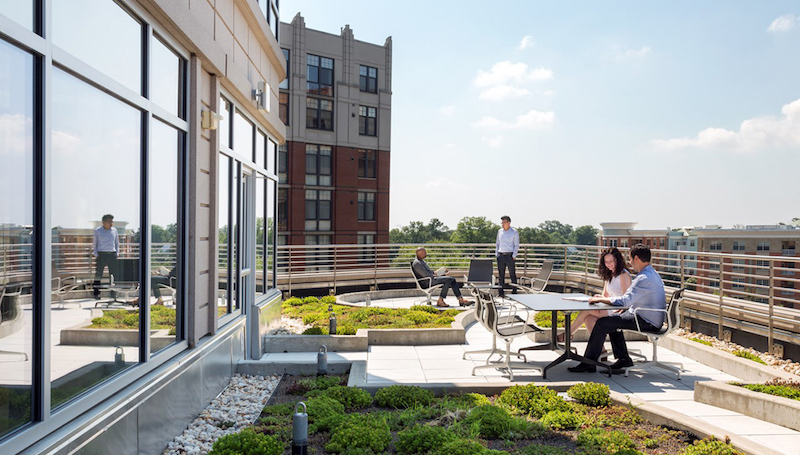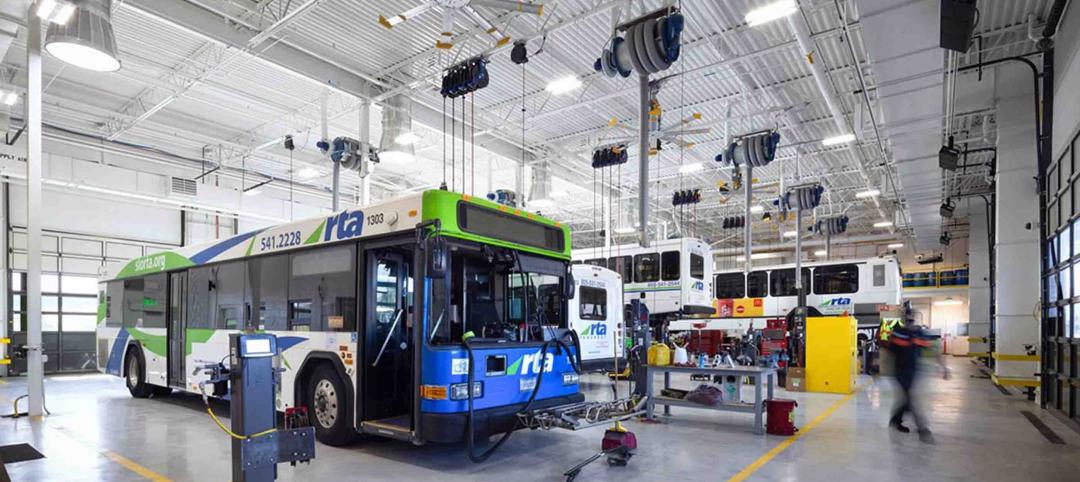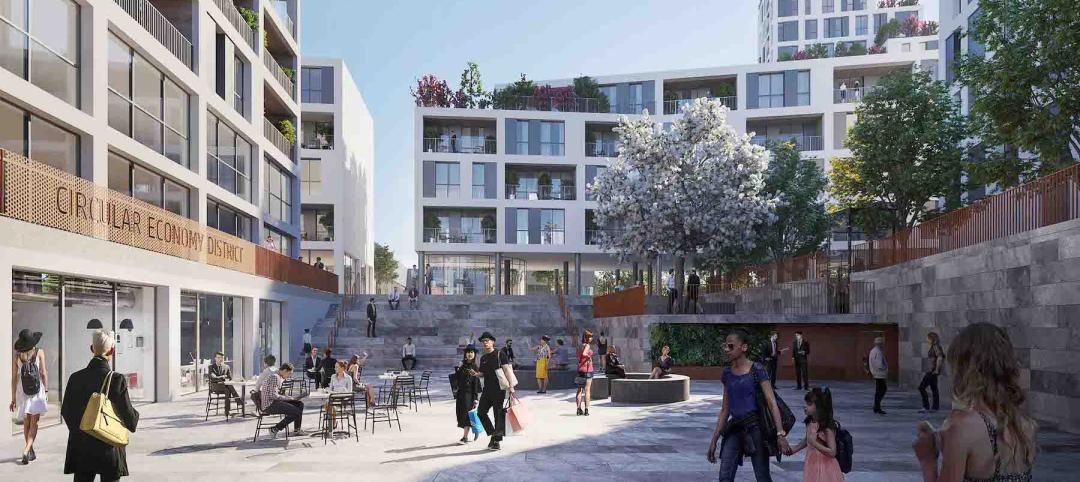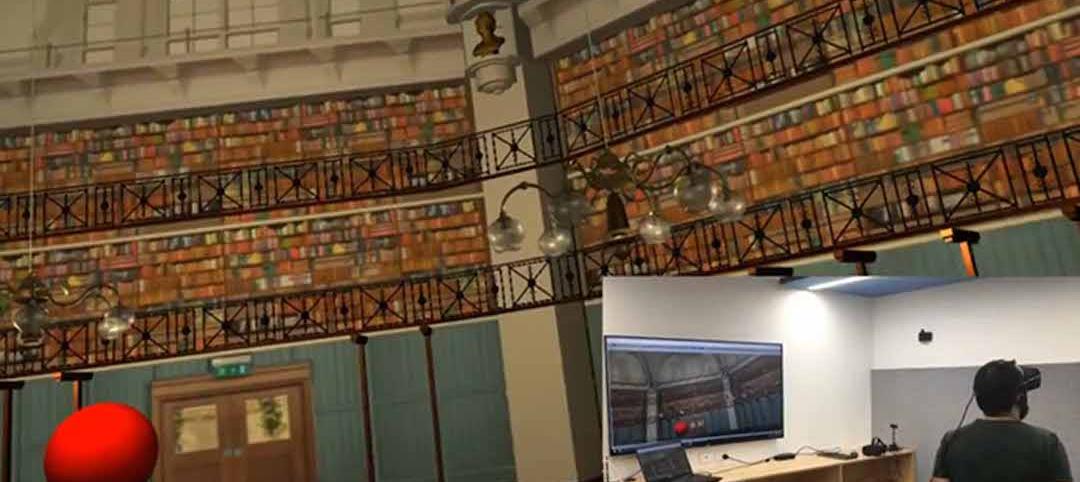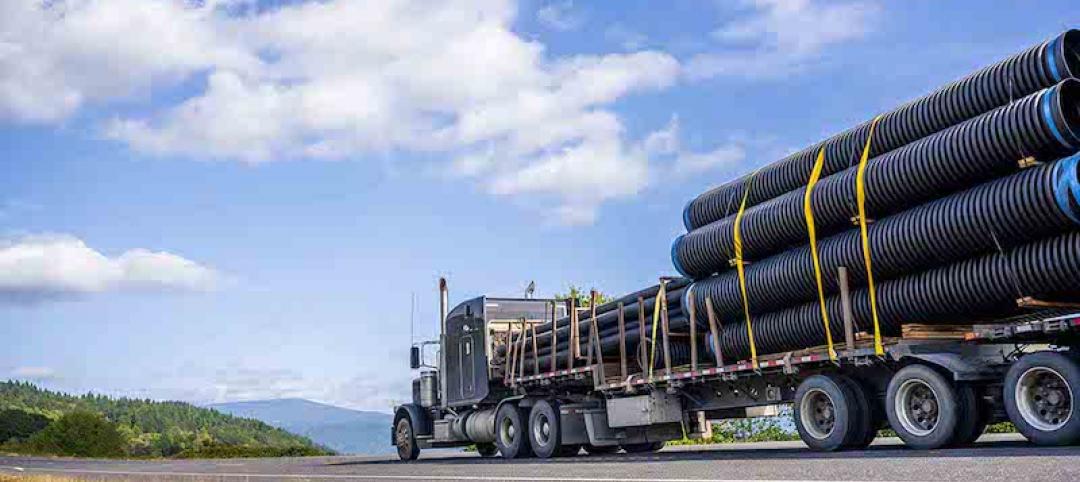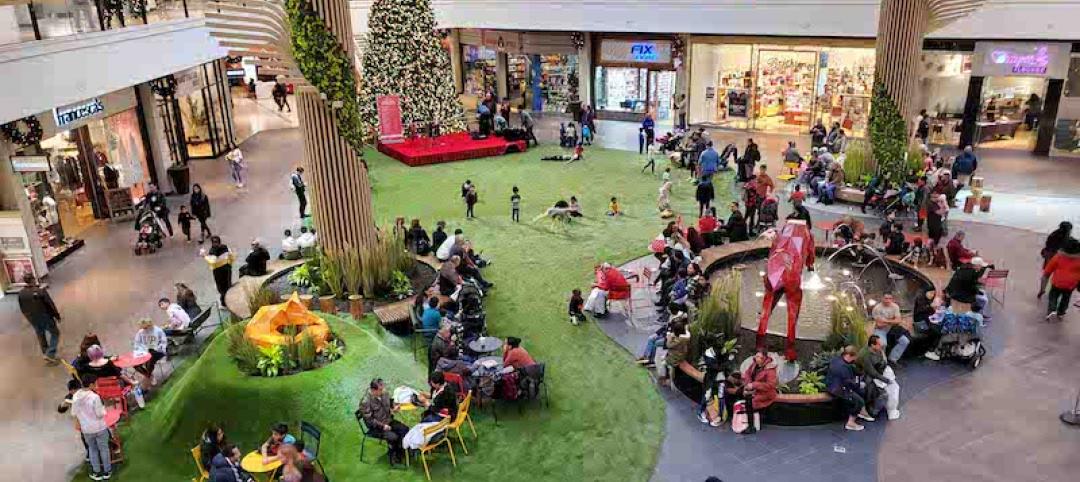Practicing sustainability has always been important to office design. We know that people spend 90 percent of their time indoors. Progressive design firms and corporations have been leveraging green principles and practices, like LEED and WELL, for years. Recently, we have seen an enormous push to think about sustainability not as just a “good thing to do” but something we must do to stay competitive.
Millennials and Generation Z will be the first generations willing to pay more for sustainable products, (72 percent already do or say they would, according to a recent Nielson study). It’s no surprise their passion for sustainability has transformed green design into a critical factor in attracting and engaging top talent. As we enter one of the largest talent crises the world has seen, forward-thinking organizations are looking at sustainable practices as a differentiator.
Looking beyond access to daylight and green materials, we are seeing exciting and deeply green trends being embedded into the design and culture of top companies.
“The Nest” in Stantec’s Sacramento, California, office offers employees a collaboration/meeting area.
1. Pre-fabricated construction as the norm
In addition to labor shortages and the rise of material cost, companies are seeing the resounding impact and increase in pre-fabricated materials. Offices are leveraging demountable partitions to support daylight, ventilation, and flexibility while also reducing the amount of drywall and waste they contribute to landfills. Prefabrication allows the system to ship finished to site, reducing the volatile organic compounds (VOC) and air quality concerns of traditional drywall and finishing.
2. Green on display
Employees care about a company’s investment in sustainability. In a knowledge-hungry world, share your investments and educate teams on the green products and practices that were integrated in your space. Think about the fixation society has on the food we eat and the amount of time spent trying to understand labels and ingredient lists. Imagine sharing with your clients and employees eco-friendly product manufacturing details, VOC levels, how lighting is harvested, or how water is being conserved through design and messaging.
3. Biophilic design will continue to rise
There is a scientifically-proven link between people and a connection to nature. Biophilia is not just adding plants or living walls to your space—it encompasses true relationships between people and the patterns, rhythms, and textures of nature and natural materials. As well, it leverages knowledge of views, lighting, and climate concerns within the indoor environment.
Stantec has recently sponsored research with Harvard University T.H. Chan School of Public Health to collaborate on a study of the cognitive impacts of biophilic design in the workplace. We are excited to share in the future the results of these important initiatives.
4. Holistic wellbeing
Green design has expanded to encompass not just green for buildings but green for people. Employers are pushing beyond physical wellness support and looking at supporting the cognitive and emotional wellbeing of their employees. The Centers for Disease Control and Prevention reports that 60 percent of lost workdays are due to stress. We continue to see designs focused on supporting the whole person. Additionally, we see an increase in social—or third spaces—where people can connect with their teams, as well as the addition of quiet, respite spaces to encourage recharge.
5. Information overload backlash
We have become a hyper-connected society, constantly engaging with technology, phones, and email. The Global Webindex reports a 200-percent increase on time spent on mobile devices since 2012, and Mashable found an average of 204 million emails sent per second.
Our brains are exhausted.
This encourages my team to bring mindfulness, meditation, quiet, and thoughtfulness to design. Our space designs are crafted from materials meant to calm, center us, and support our best ideas.
Stantec’s Arlington, Virginia, office, serves as a catalyst for creativity, collaboration, and social interaction. The terrace allows staff to also work outdoors.
6. Green as a business strategy
In 2015, The Harvard University T.H. Chan School of Public Health conducted a study that looked at indoor air quality, CO2 levels, and chemicals that have a direct impact on cognitive function. They found scores in strategically-designed green offices were on average 61 percent higher in employees’ cognitive function than their non-green counterparts.
As more people are being paid to think and innovate, the investment made into their cognitive health is more important than ever. Because of this, I’ve seen a rise in quiet zones, where people can choose to work uninterrupted. Color theory and access to daylight are also being leveraged for their known benefits in increasing cognitive function.
7. Sustainability = community
In a global world, we still crave our small towns. “Shop Local” is a methodology we embrace because it is meaningful to support our neighbors and community. Companies continue to make investments in their local communities as a sustainable and strategic business practice. Promoting volunteerism in your local community, greening a park or school, or buying your office coffee from a local roaster instead of a national brand are easily identified trends that can make a difference.
Biophilic features in a conference room in the Western Union office in Centennial, Colorado.
8. Offices continue to become smarter
Technology is no longer a luxury in office design. It’s an employee expectation. As a result, employers are beginning to embrace artificial intelligence (AI) almost as quickly as society has in their homes with Amazon Alexa, Google Home, and others.
The smart office incorporates lighting controls, optimized energy, and HVAC levels adjusted by movement and space usage. Conference rooms are linked to room scheduling programs, dynamically booting up technology and adjusting the lighting for video calls so teams don’t have to. Holistic lifecycle costs have historically not been studied in the budgeting process. Going forward, it will be an important challenge when considering up-front costs.
9. Work will be curated to the employee
One of the most exciting sustainability trends will be the rise in technology to curate our work day. Deloitte’s the Edge in Amsterdam is the most progressive integration of technology, design, and employee experience we have seen to date. Here employees’ smartphones are being leveraged to tailor healthy environments to the worker. A company-designed app can help employees find the best spot to work based on their personal preferences, manage their workout routines, find healthy recipes, and even adjust heat and lighting to each worker’s preference. As the office shifts around the worker, issues of time lost due to climate control or distraction will become a thing of the past.
10. HR policies evolve to adapt to the sustainable mindset
Recently, Piala, Inc. in Japan introduced six extra sick days for non-smoking employees to offset the average 15-minute break per day their smoking counterparts take each year. As we shift focus onto a people-centered model of sustainability, policies within the organization will need to adapt. New incentives and support programs continue to be introduced to address employee physical wellbeing, mental health, and community.
The future office continues to strive to be better, to focus more on the people who inhabit it, and contribute to the success of the company. Wellness and mindfulness will be a key piece of the framework in engaging teams. Architecture will adapt to new technologies and integrated tools. Your team will expect and value transparency in the places you design and in the messaging and culture you create.
Having a sustainable mindset is at the core of putting your people first, and creating a deeply green culture will repeat massive returns in talent, ideas, and innovations.
More from Author
Stantec | Apr 18, 2024
The next destination: Passive design airports
Today, we can design airports that are climate resilient, durable, long-lasting, and healthy for occupants—we can design airports using Passive House standards.
Stantec | Mar 18, 2024
A modular construction solution to the mental healthcare crisis
Maria Ionescu, Senior Medical Planner, Stantec, shares a tested solution for the overburdened emergency department: Modular hub-and-spoke design.
Stantec | Nov 20, 2023
8 strategies for multifamily passive house design projects
Stantec's Brett Lambert, Principal of Architecture and Passive House Certified Consultant, uses the Northland Newton Development project to guide designers with eight tips for designing multifamily passive house projects.
Stantec | Apr 10, 2023
Implementing human-centric design in operations and maintenance facilities
Stantec's Ryan Odell suggests using the human experience to advance OMSF design that puts a focus on wellness and efficiency.
Stantec | Jul 6, 2022
5 approaches to a net zero strategy that communities can start right now
Whether your community has started on a plan or is still considering net zero, now is the time for all of us to start seriously addressing climate change.
Stantec | Feb 14, 2022
5 steps to remake suburbs into green communities where people want to live, work, and play
Stantec's John Bachmann offers proven tactic for retrofitting communities for success in the post-COVID era.
Stantec | Feb 8, 2022
How gaming technology is changing the way we design for acoustics
Adding 3D sound from gaming engines to VR allows designers to represent accurate acoustic conditions to clients during design.
Stantec | Dec 15, 2021
EV is the bridge to transit’s AV revolution—and now is the time to start building it
Thinking holistically about a technology-enabled customer experience will make transit a mode of choice for more people.
Stantec | Sep 3, 2021
Passports to a net-zero carbon future
How materials passports can help designers achieve social value and net-zero carbon.
Stantec | Aug 25, 2021
The mall of the future: Less retail, more content
For the mall to survive, it will need to embrace nontraditional uses and “messy vitality.” Here’s how to do it.

